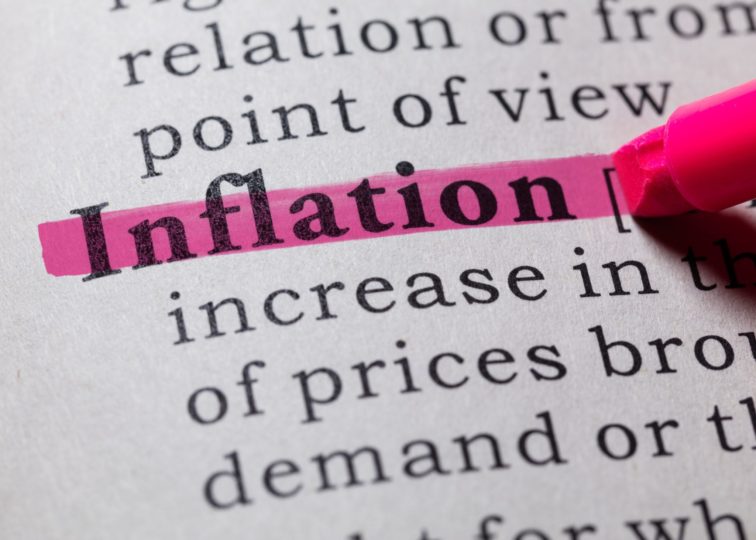
Blog
One of the Biggest Sources of Inflation is Poised to Ease
December 6, 2022
One of the main drivers of inflation may be about to turn a corner. Surging housing costs, which have kept inflation high this year, have likely already started to decline, according to economists who spoke to the Wall Street Journal.
The leading indicator that matters is private-sector indexes of rents on new leases, which tend to lead the consumer-price index by about a year, according to Alan Detmeister, an economist at UBS.
These rent measures surged last year, but have since retreated to levels at or below their pre-pandemic trends. The decline has been so pronounced that Detmeister inflation could fall below the Federal Reserve’s 2% target by 2024.
Fed Chairman Jerome Powell has highlighted the metric’s importance, noting in a recent speech, “As long as new lease inflation keeps falling, we would expect housing services inflation to begin falling sometime next year. Indeed, a decline in this inflation underlies most forecasts of declining inflation.”
Housing costs are hugely influential because they represent the largest component of the Consumer Price Index (CPI). Tenants’ rent accounted for 7.4% of the CPI in September, and owners’ equivalent rent (OER), which measures homeowners’ costs, made up 24%. Among the so-called “core” CPI, which strips out volatile components like food and energy costs, shelter costs account for 41.7% of the index.
Shelter costs are one of the “stickier” components in inflation readings. Much of the goods inflation seen in the early days of the pandemic, driven initially by changing spending patterns and then later supply-chain issues, has ebbed in recent months. Housing inflation, however, has continued to climb. Shelter inflation accelerated from an annual pace of 3.5% in October 2021 to 6.9% a year later. In the past six months through October, it hit an annualized rate of 8.2%, the fastest since 1982.
